Audrey Galawu
Unicef National Assessment on Adolescent Pregnancy in Zimbabwe has cited that the upsurge in parental migration has undermined family structures leaving children alone or under the care of caregivers thereby increasing children’s vulnerability to risky sexual behaviour and sexual abuse.
This comes as a total of 1 532 maternal deaths were recorded and of these 25% were among adolescent and young women under 24 years (data was not disaggregated to reflect the 10-19 years category).
Of the estimated 50 957 pregnant women newly testing HIV-positive, 0.1% were among adolescents aged 10-14 years, 15% among the 15-19 years, 29% among the 20-24 years.
The report states that the prevailing economic recession which led to poverty, unemployment, depletion of family saving, falling prices of their agricultural produce and migration of parents and caregivers are key drivers of adolescent pregnancy.
Lack of parental care and supervision because of parents and caregivers’ long working hours and prolonged absence from home has fuelled adolescent pregnancies through consensual sex, transactional sex and sexual abuse.
“The economic decline has also resulted in the need for children to supplement their parents or caregiver’s income.
Related Stories
Adolescents have been driven into artisanal gold panning, vending, or working as housemaids which has increased their vulnerability to early engagement in risky sexual behaviour, drug and substance abuse and dropping out of school among other social ills.
“Early exposure to pornographic and sexually oriented materials through increased and unrestricted access to cellphone is an emerging key driver of adolescent pregnancy.
“Prohibition of corporal punishment within the schools, limited parent-child communication on SRHR, limited youth recreational facilities, Covid-19 pandemic, and social and religious norms were among the key adolescent pregnancy drivers,” reads the report.
Drugs and substance use was also noted to be affecting adolescents regardless of age, gender, and location.
Parties such as the “Vuzu” or school leavers’ parties came out strongly as high-risk events where adolescents were consciously or unconsciously initiated on drugs.
“Drugs and substance use was cited as making adolescents high and thereby limiting their capacity to negotiate for safer sex or and access and uptake of SRHR services.
2021 had the highest number of pregnant adolescent girls aged 10-14 years Executive Summary 21% of ANC booking from 2019-2022 were among adolescents aged 10-19 years.
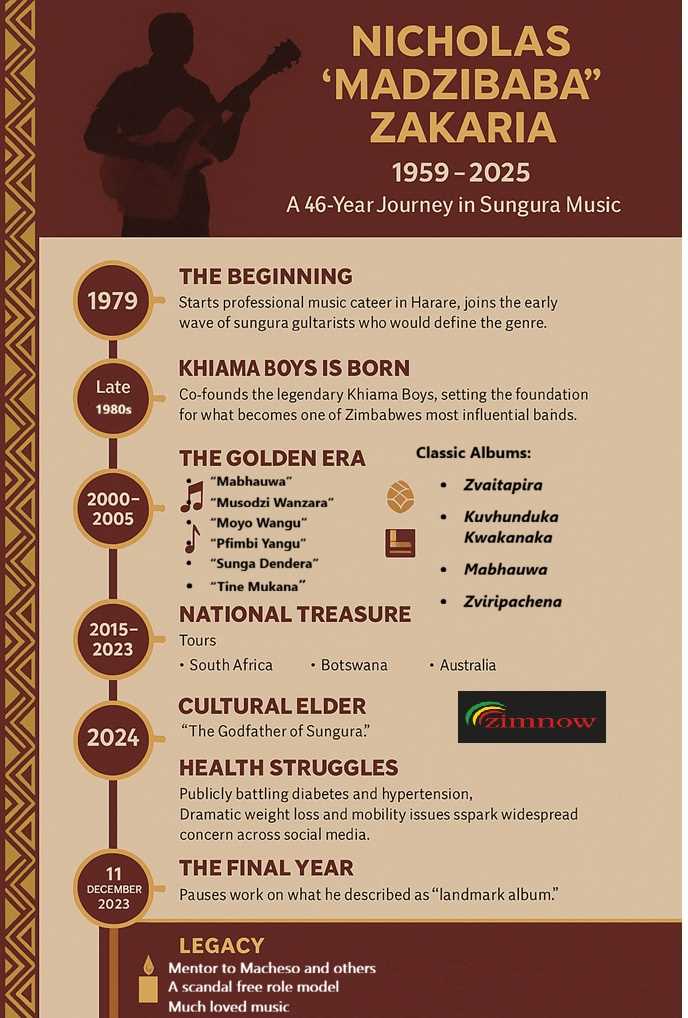

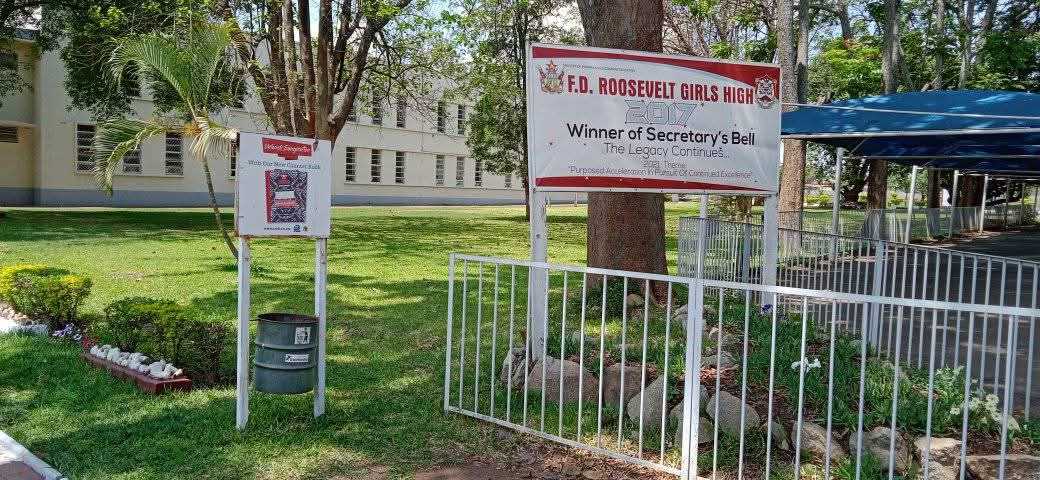






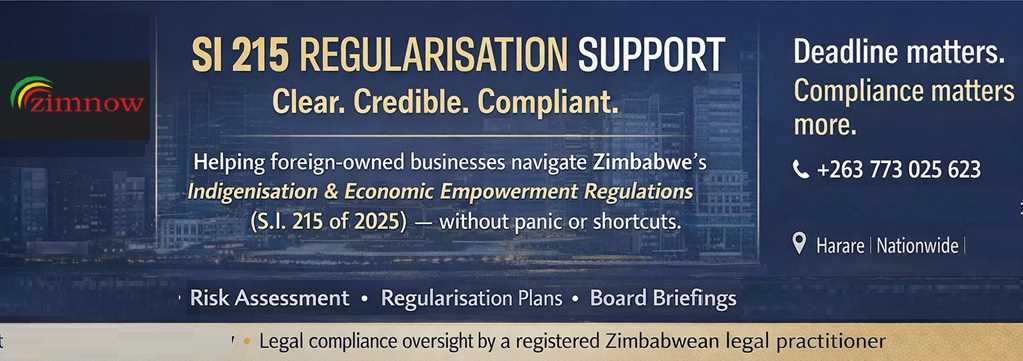




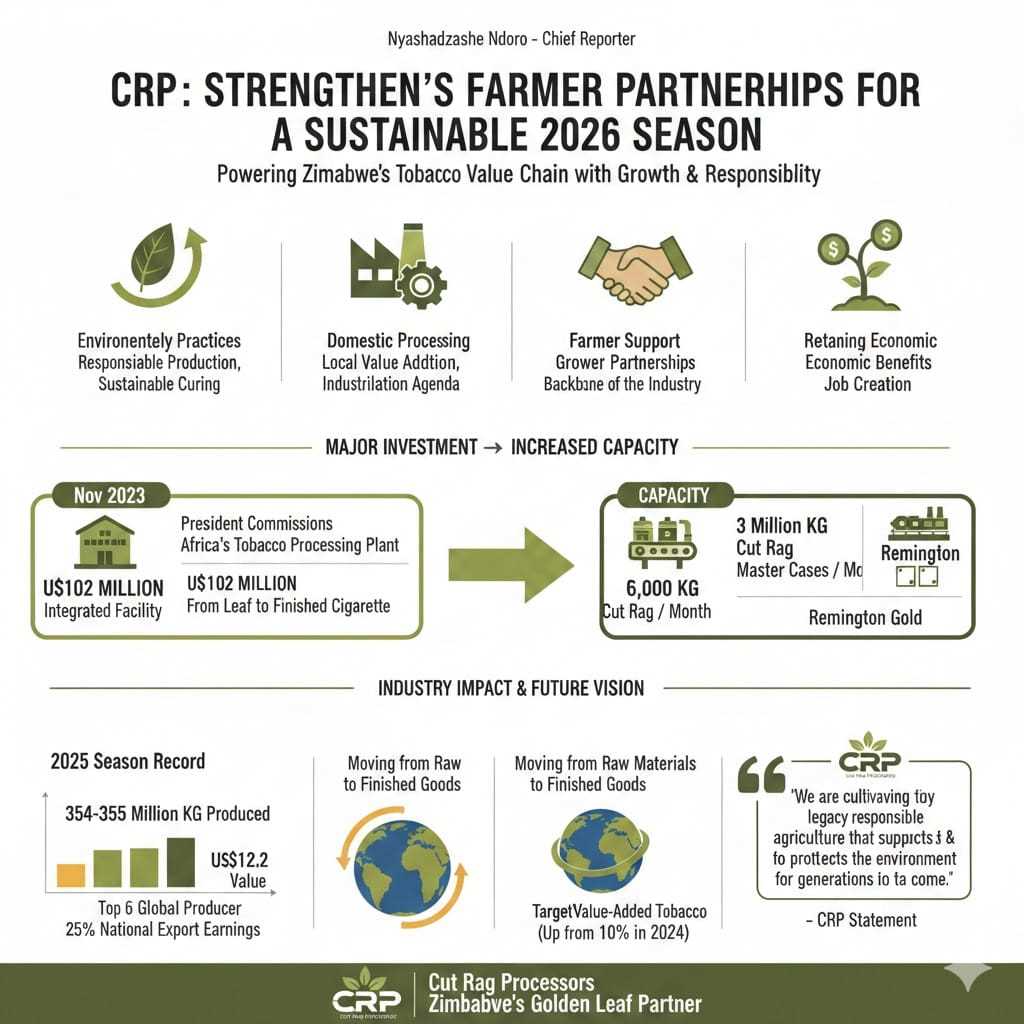

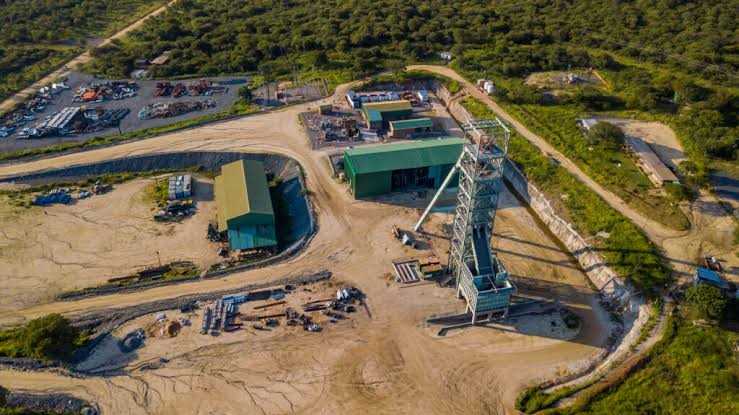


Leave Comments